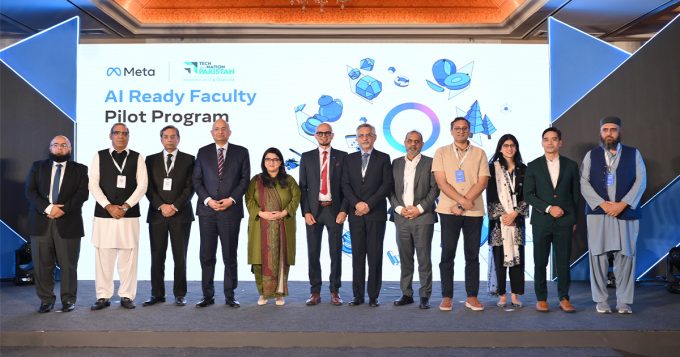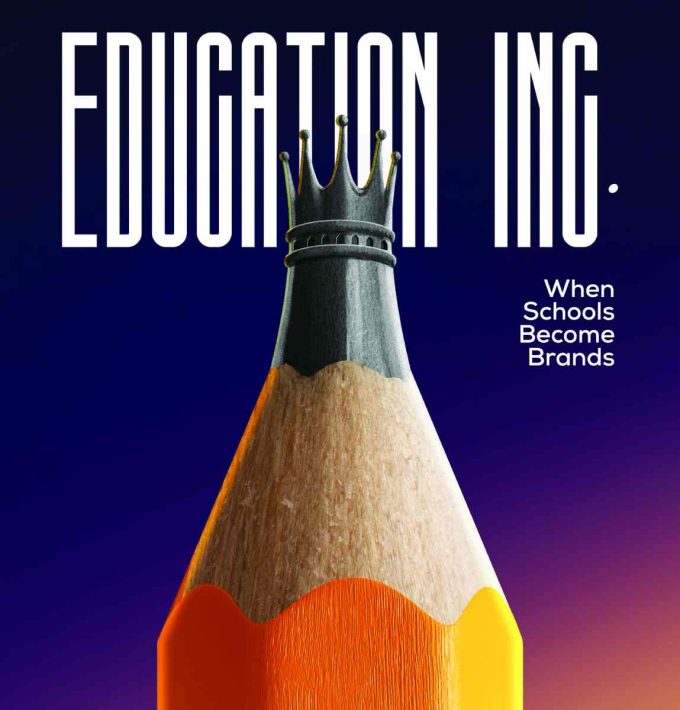Traditional media is evolving or vanishing. As digital dominance reshapes content, who will lead the charge in Pakistan’s media revolution?
Media Revolution
Think of flipping through the pages of a newspaper that refreshes itself in real time and listening to a radio show where you can completely skip the commercials like you would a podcast. The media framework isn’t just changing, it’s shifting its nesting grounds. The Great Media Migration is deeply rooted, and one needs to adapt to survive.
There has been a drastic change in how we consume media. Media that used to be confined to paper and static images on television has now transitioned to the interactive and engaging world of digital screens. This shift goes beyond just surviving – it encompasses a transformation. Traditional media companies are to adjust to the telecom and internet-dominated world that heavily utilises smartphones and tablets. But how is this migration happening globally and in the context of Pakistan specifically?
Obstacles to Digital Migration
There’s a massive shift happening in the international media world, one that is changing courtesy of digital media. For the first time in history, the revenue of the global advertising market is expected to cross 1 trillion dollars in 2025, with digital marketing taking 81.7 % of the revenue. Over half of the revenue is expected to be taken by Google, Meta, ByteDance, Amazon, and Alibaba.
Credibility and False Information
Due to the internet’s expansion, netizens have emerged, which has led to the rapid spread of false information. Established media remains an important source of information.
Technological Advancement
In order for media houses to stay relevant, they must integrate AI-powered journalism, data science, and user experience design. Like much of Pakistani media, which is still lagging behind this shift, they have infrastructure and investment problems to tackle.
Dispersed Audience
The generation of consumers is no longer singular. Nor is the way each generation interacts with the web. Content engagement on TikTok by youth is polar to LinkedIn by professionals. Media Strategy now requires far more active, engaging, and personalised methods.
Potential within the Modern Era
Subscription-Based Frameworks
Just like The New York Times served as a model to other world media by showing that journalists will pay for quality content, so can Pakistani media forgo a free basic content model and implement a paid membership model to look for exclusive content and investigative reports.
As of the end of 2024, The New York Times reported a total of 11.43 million subscribers, with 10.8 million being digital subscribers. Significantly, around 3.5 million of these digital subscribers, approximately 32%, are registered only to the non-news categories of Games, Cooking, Wirecutter, Audio, or The Athletic.
This expansion into new digital categories has contributed greatly to the growth of subscriptions for this company.
OTT / Streaming Models
The Over-The-Top (OTT) model has gained massive growth in the past years, especially after COVID-19 – both globally and in Pakistan. Global OTT users are expected to be around 5.27 billion and are forecasted to grow to 6.33 billion by 2029. Along with that, there has also been a boom in revenue, with the OTT video market expected to reach $316.4 billion in 2024 and $429.4 billion by 2029.
In Pakistan, too, the OTT market is growing at a very rapid pace. The number of OTT users is projected to reach 95.4 million users by 2029, while the user penetration rate is expected to be 32.0% in 2025. This increase is fuelled by improvements in internet infrastructure and growing demand for variety in content.
OTT platforms have seen a big jump in subscribers. Netflix had over 282.7 million paid subscribers worldwide by the third quarter of 2024. Netflix Pakistan doesn’t share the exact subscriber numbers. But the overall trend shows more people are using OTT services.
These numbers show how people are changing the way they watch media. They’re moving from old-school formats to digital streaming platforms, both around the world and in Pakistan.
More and more OTT platforms are popping up in Pakistan. Tamasha by Jazz (10M+ downloads), Tapmad (5M+ downloads), Myco (1M+ downloads), and SHOQ by PTCL (1M+ downloads) are some examples. This change goes hand in hand with the country’s growing digital infrastructure.
By December 2024, Pakistan saw its broadband subscribers grow to 142 million, which means 58.08% of the population had access. Also, in the fiscal year 2023-24, the country produced 29.6 million mobile devices, meeting 94% of what people needed.
The Future: What’s Next?
Offline-First Apps & Background Fetching
As internet accessibility remains a challenge in certain regions and electricity-related issues, offline-first apps with background fetching capabilities can be a game changer. By storing content locally and periodically fetching content, an uninterrupted and seamless experience can be delivered. This approach is particularly valuable for news apps, educational content, and media streaming in areas with inconsistent internet connectivity.
Interactive & Gamified News Consumption
Gamification has an impact on media engagement, making content consumption more interactive. Features like quizzes, interactive timelines, and participatory storytelling can boost audience retention for younger age groups.
Decentralised Media & Blockchain Journalism
Blockchain technology offers a different approach to traditional media ownership and advertising models. Decentralised media platforms can improve content transparency, cut down on misinformation, and give creators ways to make money without depending on big companies.
Voice Search & Audio-Based Media
As smart assistants like Alexa, Siri, and Google Assistant become more common, voice search and audio-based media consumption, such as podcasts and voice-enabled news briefings, will become widespread.
Personalised AI-Driven Content Feeds
AI algorithms will fine-tune content delivery, offering personalised news and media feeds based on user behaviour, interests, and reading patterns to ensure higher engagement and relevance.
The shift from paper to pixels is not just a transition—it is a reinvention of the media industry. For brands, marketers, and content creators, this era offers a playground of possibilities. The question is no longer whether digital will dominate—it already has. One thing is certain—the migration is in full flight. The real question is: Who will lead the charge in shaping the next chapter of media?









